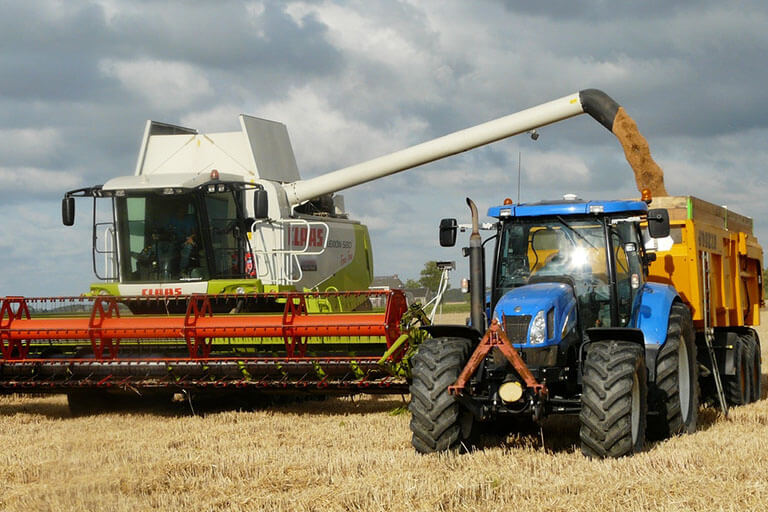 The importance of farming and agriculture is as old as time. While newer techniques make it possible to improve the quality and quantity of harvests, farmers still need better ways to maximize their efforts. Working under the sun can take a toll in more ways than one, but with the help of transformative technologies, even something as laborious as farming can become more efficient and up to modern standards.
The importance of farming and agriculture is as old as time. While newer techniques make it possible to improve the quality and quantity of harvests, farmers still need better ways to maximize their efforts. Working under the sun can take a toll in more ways than one, but with the help of transformative technologies, even something as laborious as farming can become more efficient and up to modern standards.
This is where automation in agriculture comes into play, a technology that can improve various aspects of farming by introducing new tools to enhance elements such as yield, efficiency, accuracy, and safety. Just as robots have been transforming other industries in the 21st century, it’s no surprise to see them giving a helping hand in farms too.
What is Automation Farming?
It’s important to understand that agriculture is a broad term and covers all the processes involved in farming, from planting to harvesting. In its simplest definition, automation farming covers all the practices that help with planting and harvesting with the aid of machines and other devices.
These devices can be found on the farm itself, such as machinery to perform tasks more quickly and efficiently, or machines that help with precision and accuracy. We can divide automation in agriculture into two works. The first is “mechanization,” which uses machinery to replace human labor. This is already widely used in farms, but automation takes things a step further.
What are Examples of Automation Devices in Farming?
Irrigation Drones
Drones in agriculture can be used for several purposes, such as measuring soil quality and mapping out the size of the fields. They can also be used for irrigation, a task that is usually a bit laborious, so using drones for this purpose can help save a lot of time and effort.
Drones can also control water flow by precisely determining how much water is needed in each spot in the field. They can also be used for crop assessment, which is a process that detects disease and pest infestations in crops. This can help farmers keep a close eye on the produce and address problems early before escalating.
Planting Robots
Robots can also be used to help farmers with planting. By placing the seed in the soil, a robot can speed up the planting process, ensuring that the seeds are planted at the proper depth and in the right places.
Analytical and Monitoring Farming Tools
Analytical farming tools can help determine the conditions of the soil and other materials like fertilizer and seeds. By using a variety of sensing equipment, farmers can get insight into the status of their fields and make decisions accordingly. This can help prevent the growth of the disease and maximize the yield of a harvest.
Automated Tractors
Generally, tractors are a significant part of farming but can be incredibly laborious to wield. Automated tractors use several technologies to help farmers use the tractors more efficiently and with a lot less back-breaking effort. Tractors can be outfitted with tracking devices to help the driver and the farmer keep track of the tractor’s location in the fields.
The GPS and mapping systems help locate obstacles, and the automatic steering system helps prevent accidents and collisions. These systems work together and help the farmer get the most from the tractor, and ultimately, the field.
The Bottom Line: How Automation is Evolving the Agriculture Industry Today
Automation on the farm is a relatively new concept, one that is making a big difference in how farmers do their jobs. While we can’t predict the future, there’s no doubt that the introduction of robotics will continue to transform this industry and make the farming process simpler than ever before.















